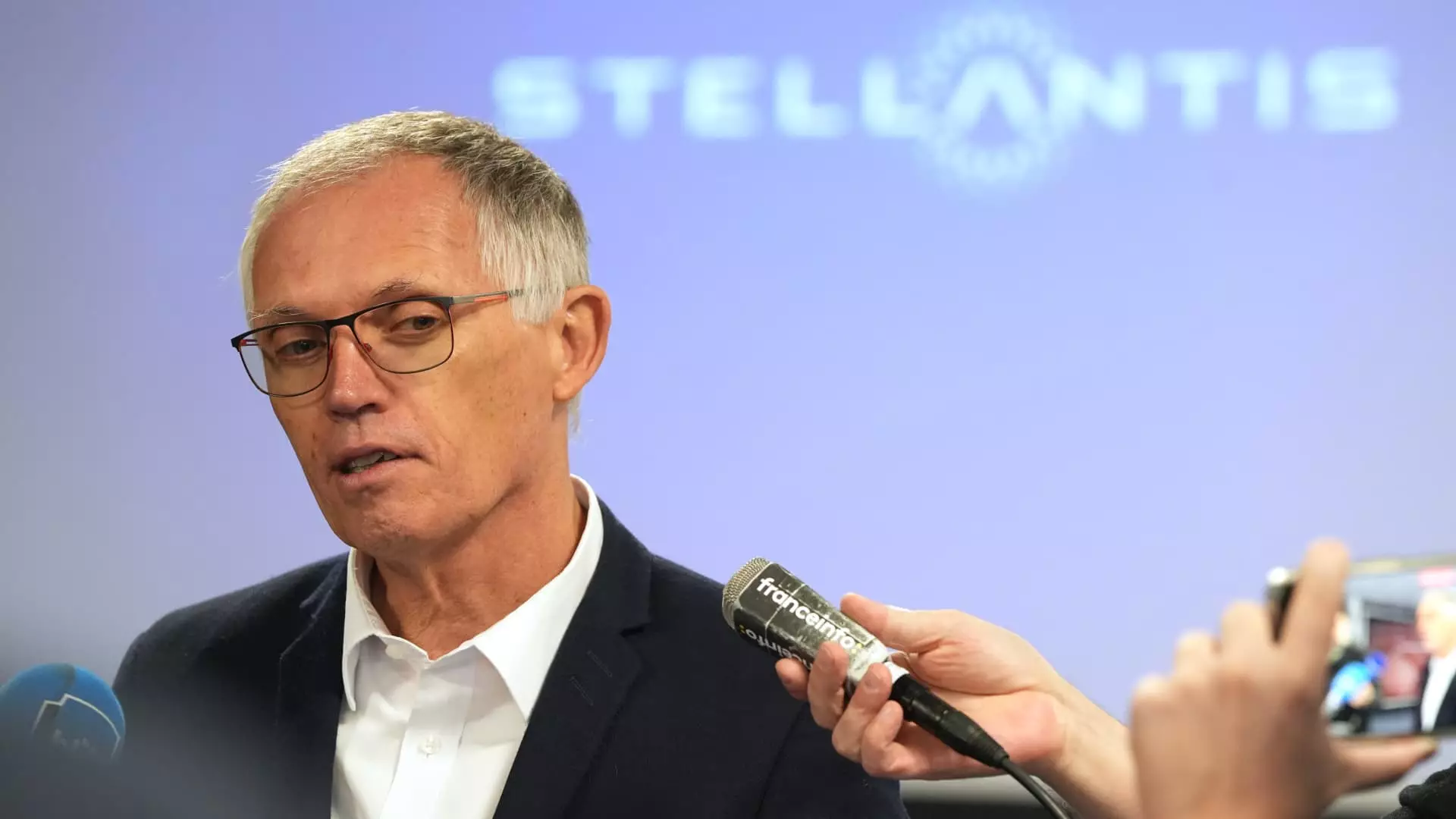In recent developments, Stellantis has intensified an ongoing dispute with the United Auto Workers (UAW), taking the unusual step of filing a lawsuit against both the union and a specific local chapter in California. This legal move emerges from the heightened tension between the automaker and the labor organization, marking a significant escalation in a months-long standoff that has implications for workers, management, and the auto industry at large. The conflict centers on stalled negotiations and alleged contractual breaches, bringing forth critical issues affecting not only the company and its employees, but also the future of labor relations in the automotive sector.
Unpacking the Lawsuit: Reasons and Implications
In an internal communication to employees, Stellantis articulated its rationale for pursuing legal action. The company asserts that the lawsuit is necessary to address damages incurred due to what it describes as an unlawful strike. The specific contention is aimed at a strike authorization vote carried out by a supermajority of UAW members at Stellantis’ Los Angeles Parts Distribution Center. Stellantis claims that the union’s actions not only jeopardize production but also threaten the financial stability of the company, leading to revenue losses that could be substantial. By asserting that the UAW’s maneuvers violate the terms of their contractual agreement, Stellantis seeks to assert control and protect its operational integrity.
The legal complaint, lodged in the U.S. District Court in the Central District of California, asserts that a potential strike would breach established contractual obligations, thereby justifying the demand for monetary compensation. It underscores the critical need for delineating the boundaries of union action within the framework of formal agreements. This lawsuit signals the seriousness of the issues at stake, as Stellantis attempts to mitigate the impact of potential labor disruptions on its business operations.
In response to the lawsuit, UAW President Shawn Fain characterized Stellantis’ actions as desperate and indicative of a management that has lost control over the situation. Emphasizing the union’s right to strike, Fain denounced the company’s legal threats as mere intimidation tactics designed to suppress dissent. He articulated a commitment to challenging any unlawful actions taken against the workers, indicating a readiness to engage in another strike if necessary.
Fain’s rhetoric reveals not only the union’s determination but also illuminates the deteriorating relationship between labor and management in this instance. The UAW positions itself as a defender of workers’ rights, advocating for compliance with contractual agreements made by Stellantis that allegedly remain unfulfilled. As such, the confrontation evolves into a broader battle over labor rights and corporate responsibility.
Contextual Factors: The Automotive Industry Landscape
Understanding this dispute requires examining the broader landscape of the automotive industry, which has been marked by unpredictability. Stellantis has faced pressures stemming from supply chain disruptions, shifts in consumer demand, and global economic challenges. These factors have prompted the company to alter its production schedules, streamline its workforce, and reconsider previously announced investments—all actions that have instigated conflict with the UAW.
The union’s claims that Stellantis has not upheld its end of the bargain come at a time when labor organizations are under increased scrutiny and pressure to advocate effectively for their members. The historical context of labor negotiations in this sector cannot be overlooked; the UAW is asserting a legacy of fighting for workers’ rights in an environment that frequently prioritizes profitability over employee welfare.
As tensions loom large, the potential for a resolution hinges on the willingness of both parties to re-engage in meaningful negotiation. The implications of this conflict extend beyond immediate financial ramifications for Stellantis. The ability to establish a cooperative relationship may serve as a bellwether for future interactions between labor unions and automakers. Achieving a mutual understanding relies on compromises that acknowledge both the needs of the workforce and the pressures faced by management, especially in a sector undergoing rapid transformation.
The unfolding conflict between Stellantis and the UAW encapsulates the complexities of labor relations within the automotive industry. With the potential for a strike on the horizon, stakeholders must navigate these turbulent waters carefully, seeking solutions that prioritize both operational stability and workers’ rights. As the industry continues to evolve, the outcomes of this dispute may shape the landscape of labor relations for years to come.

Leave a Reply